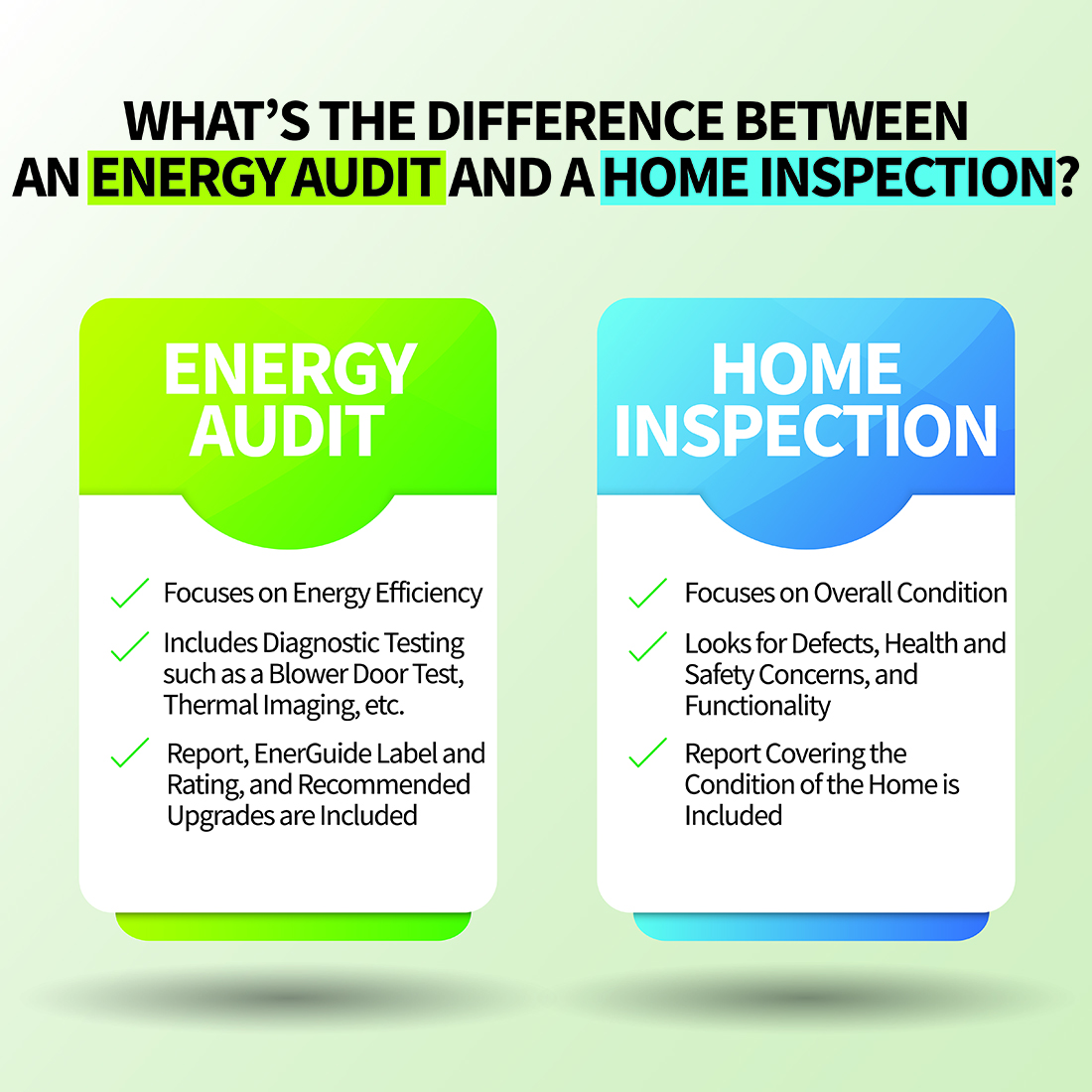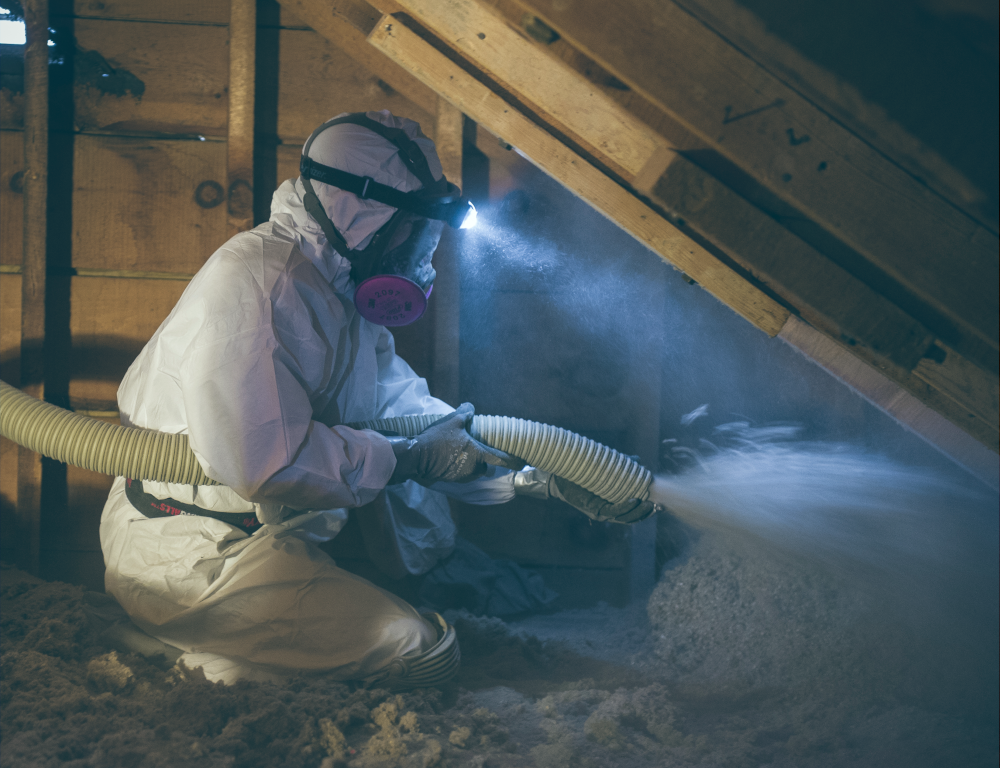What makes a home truly efficient? Energy testing uncovers what energy bills don’t show
What makes a home truly efficient? Energy testing uncovers what energy bills don’t show
Blog Article
The Duty of Energy Screening in Accomplishing an Airtight Remedy for Your Building
Energy screening is essential for homeowner looking for to develop a closed setting. It determines air leaks and inadequacies that can jeopardize energy efficiency. Usual wrongdoers include spaces around doors and home windows. Making use of approaches like blower door tests and thermal imaging, house owners can gain insights into their home's susceptabilities (energy testing south carolina). Understanding these findings is crucial. What steps should be taken when air leaks are determined? The solutions hold the key to enhanced comfort and savings
Understanding Power Testing and Its Importance
Power screening plays a vital function in examining the airtightness of buildings and frameworks. By determining air leak, this technique gives important insights right into a property's energy effectiveness, thermal comfort, and general efficiency. Airtight structures reduce power usage, making certain that heating & cooling systems run successfully. This screening procedure usually includes methods such as blower door tests, which produce a regulated environment to determine unintended air pathways.Understanding the value of energy screening extends past conformity with building ordinance; it fosters a proactive method to sustainability. Determining air leaks early can bring about prompt remediation, eventually enhancing indoor air top quality and lowering energy expenses. In addition, energy testing adds to the longevity of structure products by decreasing wetness buildup and associated damage. As awareness of environmental impact boosts, energy screening becomes a crucial device for contractors and house owners aiming for high-performance homes.
Typical Sources of Air Leaks in Characteristic
Determining common resources of air leakages is essential for improving a building's energy performance. These leakages often occur in different areas of a building, considerably influencing cooling and heating expenses. Typical wrongdoers consist of voids around doors and windows, where seals might degrade over time. Furthermore, electric outlets and switches can create paths for air exchange otherwise effectively shielded. Cellars and attics are also frequent resources, particularly where wall surfaces meet the foundation or the roof covering. Other potential leak factors consist of pipes infiltrations, venting systems, and the locations surrounding smokeshafts. Older buildings might experience from broken down structure products, boosting susceptability to air infiltration. By recognizing these usual sources, residential or commercial property proprietors can take proactive actions to seal leaks, thus enhancing overall energy performance and convenience within their rooms. Addressing these concerns is an important part of establishing an impermeable remedy for any type of home.
Methods of Power Testing: Blower Door and Thermal Imaging
Effective energy screening techniques, such as blower door tests and thermal imaging, play an important function in diagnosing air leaks within a home. The blower door examination entails pressurizing or depressurizing a building to measure air movement and determine leakages. An adjusted fan is set up in an exterior entrance, and the resulting pressure difference highlights areas of undesirable air seepage. This approach evaluates the general airtightness of the structure.Thermal imaging complements blower door examinations by visually discovering temperature variants on surfaces, revealing surprise air leaks. Infrared video cameras record warmth loss or gain, enabling exact identification of issue areas, such as poorly shielded walls or voids around doors and windows. air tight solutions. Together, these techniques offer an extensive assessment of a property's energy performance, enabling home owners to attend to air leakages efficiently and boost overall efficiency
Advantages of Identifying Air Leaks
Recognizing air leaks offers substantial benefits for power performance and interior convenience. By securing these leaks, structures can lower energy intake, causing lower energy bills and a decreased carbon impact. Additionally, improved airtightness adds to a much more stable indoor setting, boosting total convenience for occupants.
Energy Effectiveness Improvements
Finding air leakages is vital for enhancing energy efficiency in structures. Identifying these leakages allows residential or commercial property proprietors to address areas where conditioned air runs away or unconditioned air goes into, leading to substantial power cost savings. By securing voids and cracks, structures can preserve a consistent temperature, decreasing the need on heating and cooling systems. This not only lowers power bills yet additionally decreases the ecological influence connected with raised power intake. Furthermore, energy effectiveness renovations add to a structure's total sustainability, making it a much more appealing alternative for eco-conscious purchasers or occupants. Eventually, focusing on air leak discovery and remediation assists enhance energy usage, promotes responsible resource management, and sustains lasting economic benefits for property proprietors.

Enhanced Indoor Comfort
Dealing with air leaks not just results in power cost savings but additionally considerably enhances interior convenience. When air leakages are effectively determined and secured, temperature law within a residential or commercial property ends up being a lot more reliable. This results in constant indoor temperatures, removing cold drafts in wintertime and hot areas in summer. Improved insulation also minimizes environmental pollution from outdoors, find out producing a quieter and more peaceful living setting. Additionally, boosted air high quality is achieved by minimizing the seepage of outside toxins, allergens, and moisture, adding to the overall health of passengers. Homeowners experience an even more pleasant environment, cultivating leisure and efficiency. Ultimately, acknowledging and rectifying air leaks is vital for achieving perfect indoor convenience throughout the year.
Just How Energy Screening Boosts Convenience and Indoor Air Quality
Energy screening plays an essential role in boosting temperature level regulation within indoor rooms, making certain a comfortable and consistent environment. By sealing and identifying air leakages, it additionally significantly decreases the infiltration of pollutants, consequently boosting interior air quality. This twin effect fosters overall well-being for occupants.
Improved Temperature Level Policy
Efficient temperature level policy considerably adds to both comfort and interior air top quality, making it a critical emphasis for contemporary structure layout. Energy testing plays an important function in attaining this guideline by identifying locations where warmth loss or gain happens, enabling for targeted renovations. By making sure an airtight building envelope, energy testing assists maintain regular interior temperature levels, reducing the requirement for excessive heating or air conditioning. This security enhances occupant comfort, as fluctuations in temperature level can result in pain and discontentment. Additionally, reliable temperature control can improve indoor air high quality by decreasing the danger of condensation and mold and mildew development, which flourish in irregular temperature conditions. Power screening is necessary for enhancing temperature level management in household and commercial buildings. Industrial Reduced Pollutant Seepage
While many aspects add to interior air quality, minimized toxin infiltration stands apart as an important element that energy testing can significantly improve. Energy testing identifies air leaks and weak points in a building's envelope, which may allow outside contaminants, allergens, and wetness to get in indoor rooms. By sealing these leaks, residential properties can effectively limit air-borne pollutants, bring about a healthier environment. Improved airtightness not just enhances comfort yet likewise reduces the worry on home heating and cooling systems, leading to power financial savings. Furthermore, lowered pollutant infiltration fosters better general wellness for owners, as cleaner air advertises breathing wellness and reduces allergy symptoms. Consequently, power screening plays an essential duty in creating both an energy-efficient and health-conscious space.
The Financial Effect of Energy Testing on Energy Costs

Steps to Take After Power Screening Results
When energy screening outcomes remain in, homeowners must meticulously review the findings to figure out the most effective path forward. The initial step involves identifying the locations that need renovation, such as air leakages or insulation deficiencies. Home owners need to after that prioritize repairs based on the intensity of the concerns and their prospective influence on power efficiency.Next, it is suggested to talk to specialists who specialize in energy effectiveness to create a complete activity plan. This may consist of solutions like sealing voids, adding insulation, or upgrading windows and doors.After implementing the required changes, a follow-up energy test can identify the effectiveness of the fixings. Continuous tracking is likewise vital to ensure that the property preserves its closed status over time. By following these actions, home owners can substantially boost their property's energy efficiency, resulting in lowered utility bills and boosted convenience.
Frequently Asked Inquiries
Just how Commonly Should I Conduct Power Evaluating on My Home?
The regularity of energy testing need to generally be every couple of years, or following substantial remodellings. Regular assessments help recognize effectiveness renovations and guarantee that the building preserves perfect power efficiency with time, adapting to changing problems.
Is Energy Testing Necessary for New Constructions?
Energy testing is essential for brand-new building and constructions, as it determines possible air leak and insulation issues - energy testing. Carrying out these tests warranties power effectiveness, enhances indoor comfort, and meets building regulations, inevitably bring about long-term expense financial savings
Can I Execute Power Testing Myself?
Power testing commonly requires specialized tools and experience. While some homeowners might try basic evaluations, specialist services guarantee accurate results and efficient recognition of concerns, inevitably resulting in better energy efficiency and convenience in living areas.
What Is the Cost of Professional Energy Testing Solutions?
The expense of professional power testing services commonly varies from $300 to $1,500, depending on residential property complexity, dimension, and location. Property owners need to think about potential power financial savings when assessing the financial investment in these solutions.
For How Long Do Power Screening Outcomes Usually Last?
Power testing results typically remain valid for one to 3 years, relying on elements like building modifications and ecological modifications. Normal updates are suggested to guarantee precision and preserve efficient power effectiveness criteria. Reliable energy screening approaches, such as blower door tests and thermal imaging, play a crucial duty in detecting air leakages within a residential property. Determining these leakages allows residential or commercial property owners to attend to areas where conditioned air runs away or unconditioned air enters, leading to significant energy savings. Energy screening identifies air leakages and weak factors in a building's envelope, which might permit outdoor contaminants, allergens, site web and wetness to go into indoor rooms. As homeowners significantly look for to reduce their power expenditures, the duty of power screening comes to be vital in recognizing inefficiencies and leaks. Home owners should after that focus on fixings based on the extent of the concerns and their prospective effect on power efficiency.Next, it is a good idea to consult with experts who specialize in energy efficiency to create a detailed activity strategy.
Report this page